The Eero Max 7 landed on my test bench a few weeks ago, and I’ve had a great time testing it. There’s been some interesting findings and a few little things that I need to talk about to give the full picture of the user experience.
What is the Eero Max 7?
This is the latest in the range of Amazon’s Eero Wi-Fi devices. It offers Wi-Fi 7, 2 x 10G and 2 x 2.5G ports for maximum speed whether you’re connected wirelessly or via Ethernet.
The box contents and setup: Simple and intuitive
The Eero Max 7 really does epitomise simplicity, the box contents contain the access point, an Ethernet cable and the power brick. The box directs you to the Eero Wi-Fi app, and that guides you in a very simplistic way to getting your new, Eero Max 7 online quickly and easily.
The whole process (including screenshots) took me less than 10 minutes to bathe my home in juicy Wi-Fi 7 goodness. Initially, I had only intended to add this to my home with the existing PoE access points I have in place, but I found quickly that the Eero Max 7 was delivering reliable and consistent signal, at near full speed, through the whole house.
Setup and Control
As mentioned, the actual setup was really simple thanks to the app being such a good design. It’s essentially to plug in the device, open the app, login to your Amazon account and follow the bouncing ball. I don’t need that level of guidance, but I can see the attraction of the animated guidance that is included to help users with far less technical knowledge. I’d pretty confidently say that there are older members of my family who would be able to set this up without any help or guidance.
As part of this process, you’ve got the chance to setup your guest network: I would encourage everyone to do this and connect your iOT devices to this. They don’t need access to your internal network, all they need is Internet connectivity and (they all do it) they “phone home” regularly with information about you and your network. So by reducing their access to your data, you’re adding a level of protection to your privacy.
Daily Use: It just works
I could say a lot about the daily use of the Eero Max 7, but I’ll start with the fact it just works. It has just worked from the moment I plugged it into my network and it continues to be that reliable provider of Wi-Fi through my home now.
As a single access point, where my comms rack is, this isn’t the perfect environment for Wi-Fi. The rack is essentially in a corner of the house, away from some of my iOT gear and more importantly my office. Despite this challenge, the Wi-Fi signal through my house has been quick, consistent and reliable.
No, I’m not getting full speed at the far reaches of the house, but there are multiple walls and cupboards between the rack and my office. Despite the barriers, I’m still reliably getting over 700Mbps downstream and maxing out my upstream bandwidth. In the living areas (closest to the rack – a driver for deciding on its location) I’m getting around 940Mbps pretty consistently. Given the bandwidth that Wi-Fi 7 operates on, I’m really happy with how far around the house I’m able to achieve Wi-Fi 7 connection.
Once you get a bit too far, or have too many barriers in the way; then you’ll see the signal drop to Wi-Fi 6. In reality, you’re unlikely to actually see this change unless you’re actively monitoring it. The speeds are more than adequate on Wi-Fi 6 for almost any user.
Would I buy one?
I’d happily invest in one for a number of reasons. Let’s start with the obvious, it’s Wi-Fi 7 and that’s the latest and greatest there is right now. For most people that’s not going to matter, but with more and more Wi-Fi 7 capable gear coming through for review it’s close on a must for me now.
The hurdle that most potential buyers are going to struggle to get over, is the price: $1,099.99 for a single access point and you may have (or want) an existing router to manage it. That’s a big ask…
For anyone who is prepared to drop the coin on something like this, what’s going to ultimately be the winning point is the long term back up if you spend the ongoing money for the subscription that covers you for Malware Protection, Secure password sharing, A VPN to connect remotely and access to Priority support.
My only real gripe, is the cost of the optional subscription — $159.99 a year — after spending over a grand on the unit to gain access to some features. I’d like to see the first 12 months thrown in with purchase, then optionally continue this at a later date.
It’s a big investment, but if you’re looking at a long term investment in your network: Wi-Fi 7 is approaching a “must have” and the Eero Max 7 offers everything you could want. You can grab one from Amazon, or the usual retail channels.
Disclosure Statement
Amazon has not requested the return of the review unit following completion of the review.


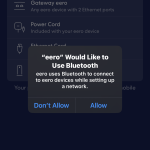
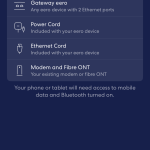
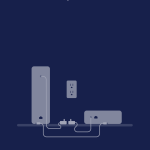



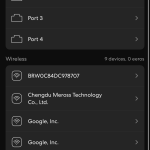
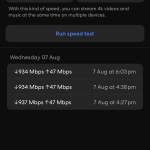
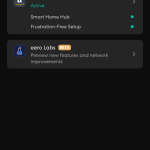
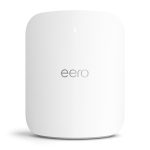




got it from leaptel half price for 599 AUD